On a whim the other day, I decided to film myself painting at the easel. I hadn’t done it before, since I prefer to film my videos working flat so there’s a minimum amount of me and a maximum amount of you seeing what I’m doing.
However my most natural way of working is standing at the easel, especially when working large, so I thought I’d give it a go in the interests of doing something new and of showing a bit more of how I make art when it’s just for me.
I had a notion of creating a video of me in the studio and talking about my work for my About page, as a way to help you get a better idea of me beyond a faceless voice or a bundle of words in a blog post.
Let’s just say that idea is currently on hold.
However, it’s not the nature of the video that I’m sharing today {although obviously you get that as a byproduct}; it’s the evolution of a painting that not only went wrong, but that couldn’t be rectified.
I went back and forth about sharing this as it feels quite uncomfortably vulnerable, and yet it’s a very real part of what being an artist is like. And since some of my core values are experimentation, transparency and using myself as a real life example, {is that a value?} well, it feels worth sharing.
Let me just set the scene a little so you know what’s supposed to be happening. 🙂
The idea was to work from an image I found on my Painting Inspiration board on Pinterest, as a vehicle for trying out an approach that involved charcoal and paint. You may know that I’m very interested in what I call ‘abstractifying’; I wanted to see how I might use my landscape reference image and make it my own. I worked on paper as this was the first time I’d attempted it; I was also in the mood to work large and in portrait rather than my usual square.
To say things did not go as I had hoped is an understatement. In the end I wrote it off. I do try not to as it’s often a good challenge to push a painting as far as you can, which is what I did here, but sometimes it just doesn’t work. And that is an essential part of making art; allowing yourself to let go when it doesn’t work, and to not attach so rigidly to your original idea that you can’t allow a painting to go where it wants to go. Especially since this can often far exceed what you’d imagined.
So, enjoy my studio – I want to say ‘disaster’, but it isn’t really of course. Let’s just call it my exercise in non attachment. 🙂
{I’ve speeded it up and edited it with notes about what’s happening so you can follow my thought processes; it would’ve been way too long and boring otherwise. }
I want to be very clear about this – I do not consider this a failure, a sign that I’m not an artist after all and should give up, or that I wasted materials. I know these are common feelings; my hope is that demonstrating that it’s ok to eff up a painting {or several!} will go some way to helping you give yourself permission to do the same. The ‘secret’ is that it’s actually an essential part of the process, not a reason to quit.
I am aware ~ from many years of sharing my work online and having people respond to it ~ that it’s possible you may not see why I wasn’t happy with this. One person’s hideous mess is another’s thing of beauty. For me this painting didn’t work, not just because it didn’t match my vision, but because it FELT very wrong. If you like it, great! No judgement either way.
There is always – always – something to be learned from our so called mistakes, whether in or out of the studio. What did I learn?
- That I love to mix paint with charcoal.
- That it has to be done with care or it does end up more muddy than I’d like.
- That I don’t like drawing ‘things that look like things’; in this case I found my drawing of the lighthouse and buildings twee and lacking in finesse or the look I hoped for.
- That I love a high horizon line but I have more to learn to make it work well in portrait.
- That gesso is not the answer to everything. {Heh.}
- That I am nevertheless very interested in further exploring mixing landscape with abstract elements.
And many more subtle and nuanced things that I won’t list, but you get the idea. And best of all is that final point, because it means this painting has become a springboard for something new for me. And I love new. 🙂
I’d love to hear your perspective on this! What was it like to watch the video as someone who isn’t me? {I find it very uncomfortable so I’d love to hear whether you felt that too.} What do you do with paintings that don’t work out? Do you tend to know early on that’s it not going to work out, or do you find persevering worth it? We are all so different in our desires and needs {even while we’re all so similar}, I’d love to hear about your experiences.
***
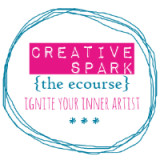 The Creative Spark ecourse is now available with instant access! If you would love to entertain and explore the notion that you have an artistic self that’s longing to come out, or simply that you can make art you love, I’d be delighted to welcome you to this six week gently paced journey.
The Creative Spark ecourse is now available with instant access! If you would love to entertain and explore the notion that you have an artistic self that’s longing to come out, or simply that you can make art you love, I’d be delighted to welcome you to this six week gently paced journey.
Click the image on the left to find out all the details, and feel free to get in touch with any questions you may have. And don’t forget, when you register, you will be invited to join the private Facebook group for all my course participants; self paced doesn’t have to mean doing it alone. 🙂
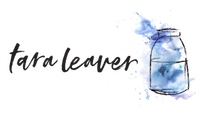
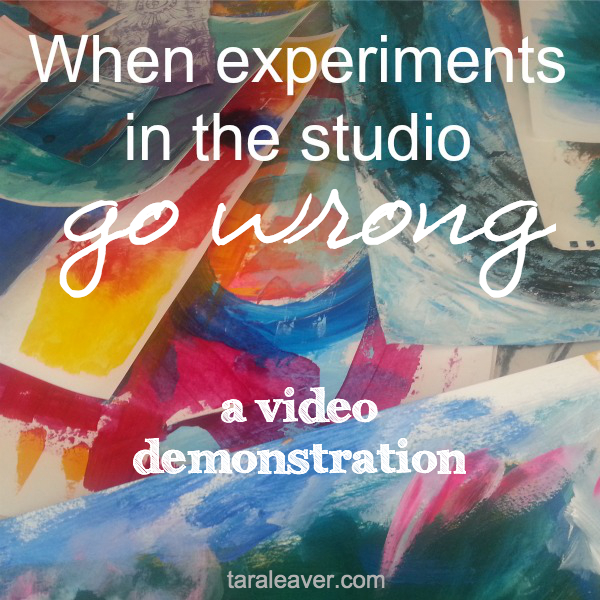
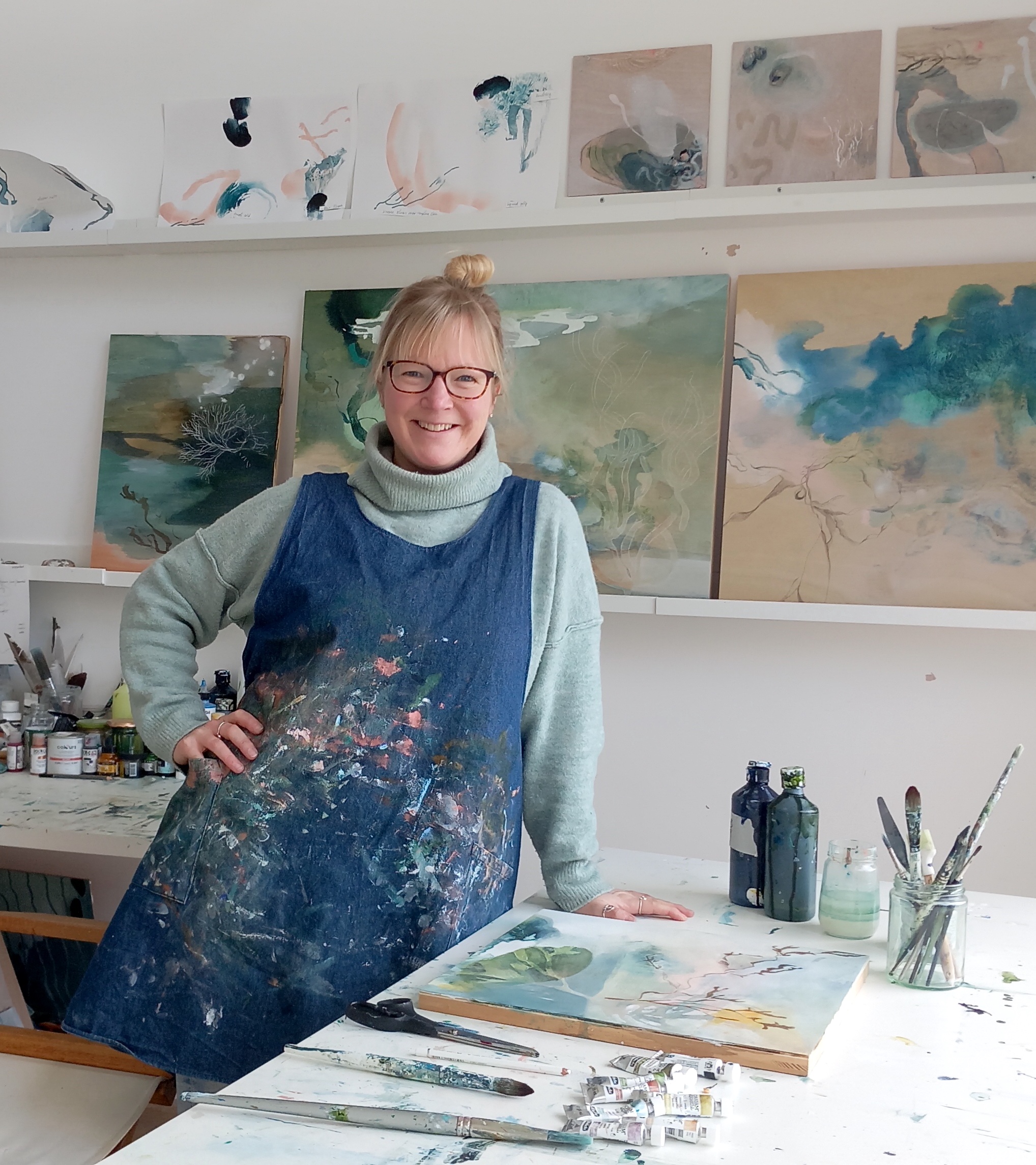
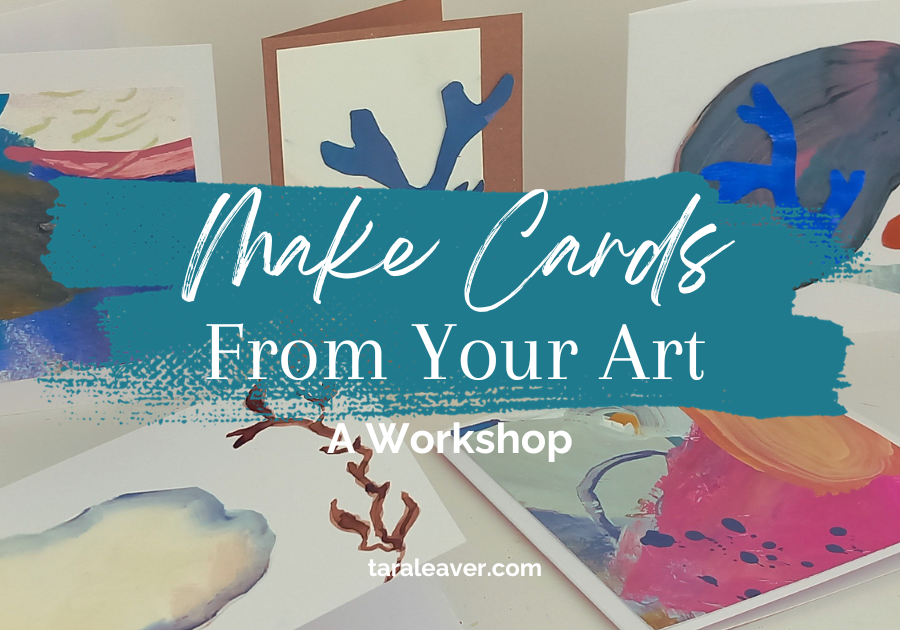
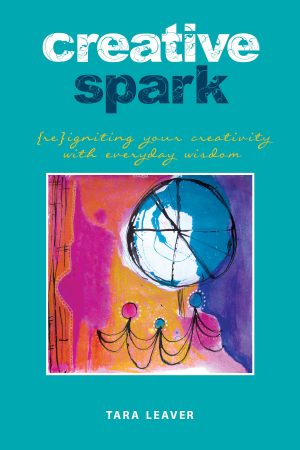
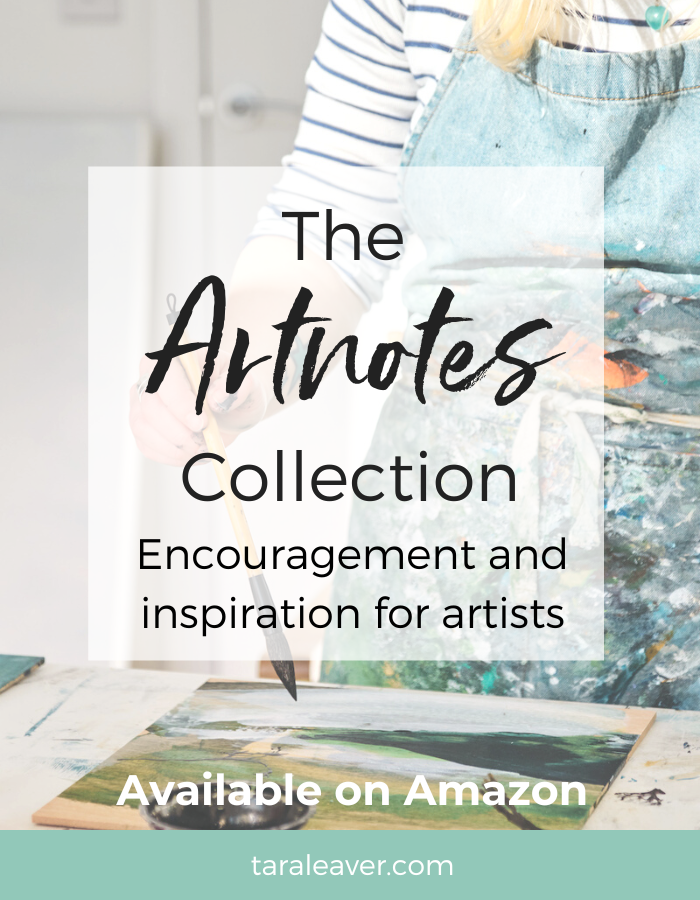
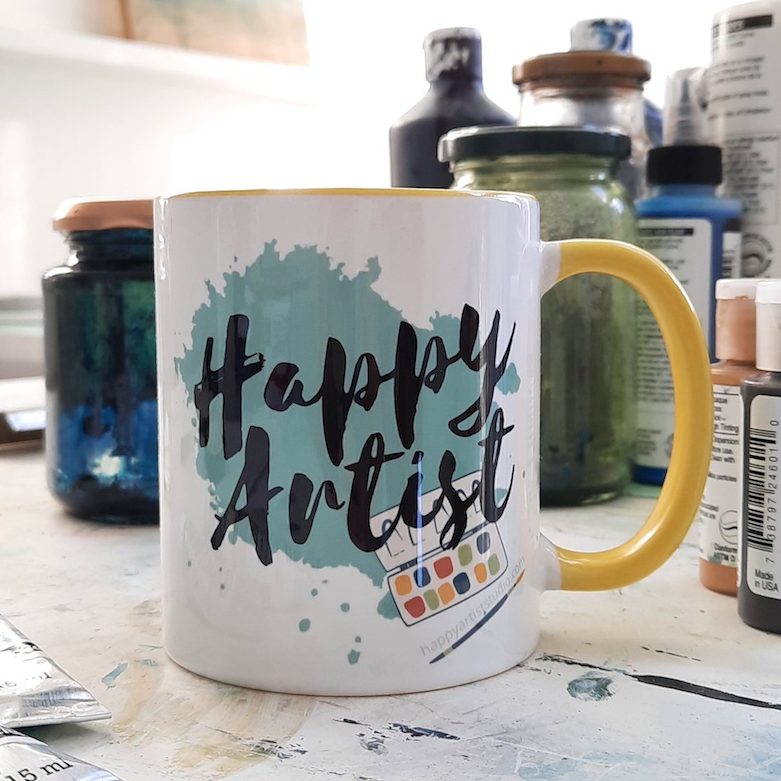

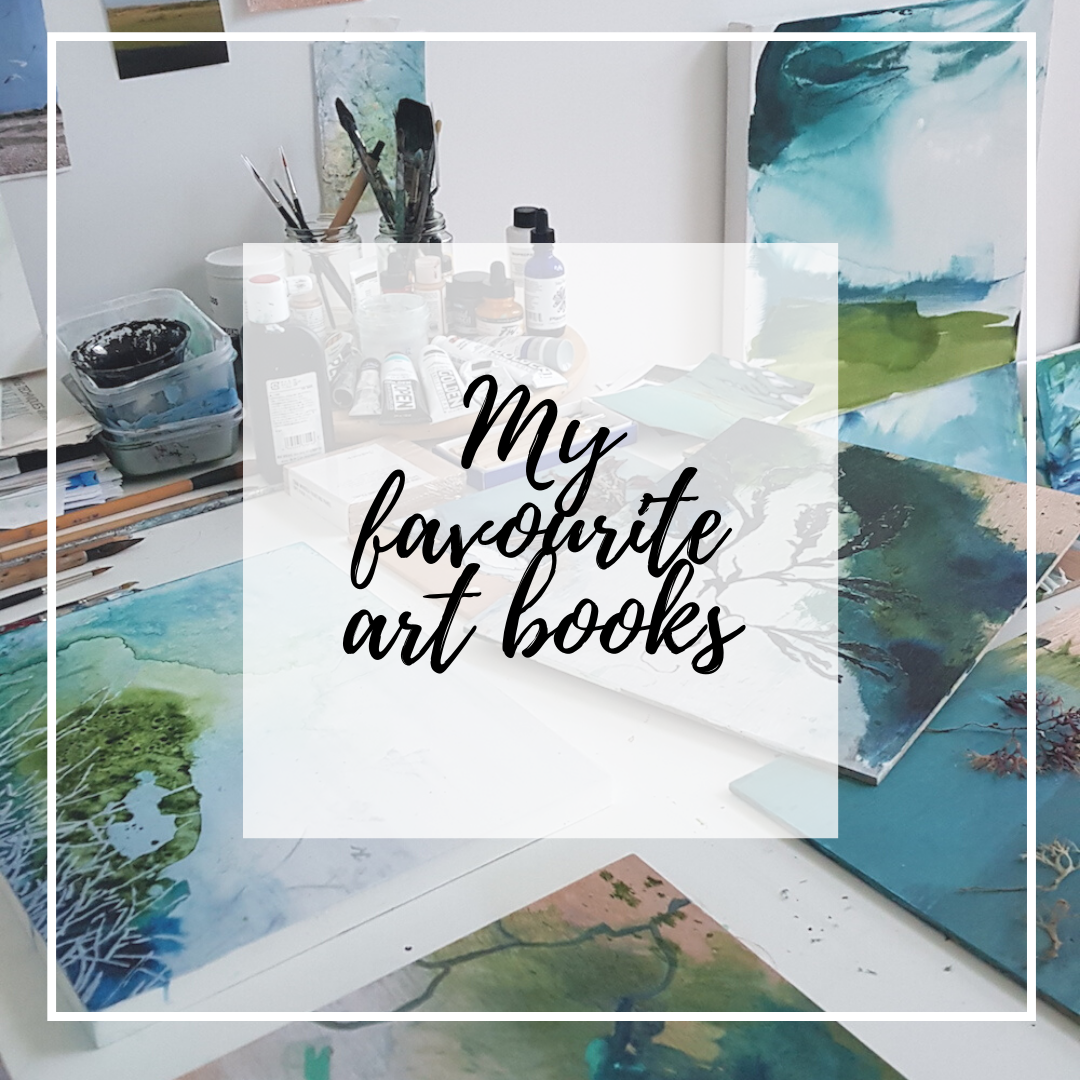
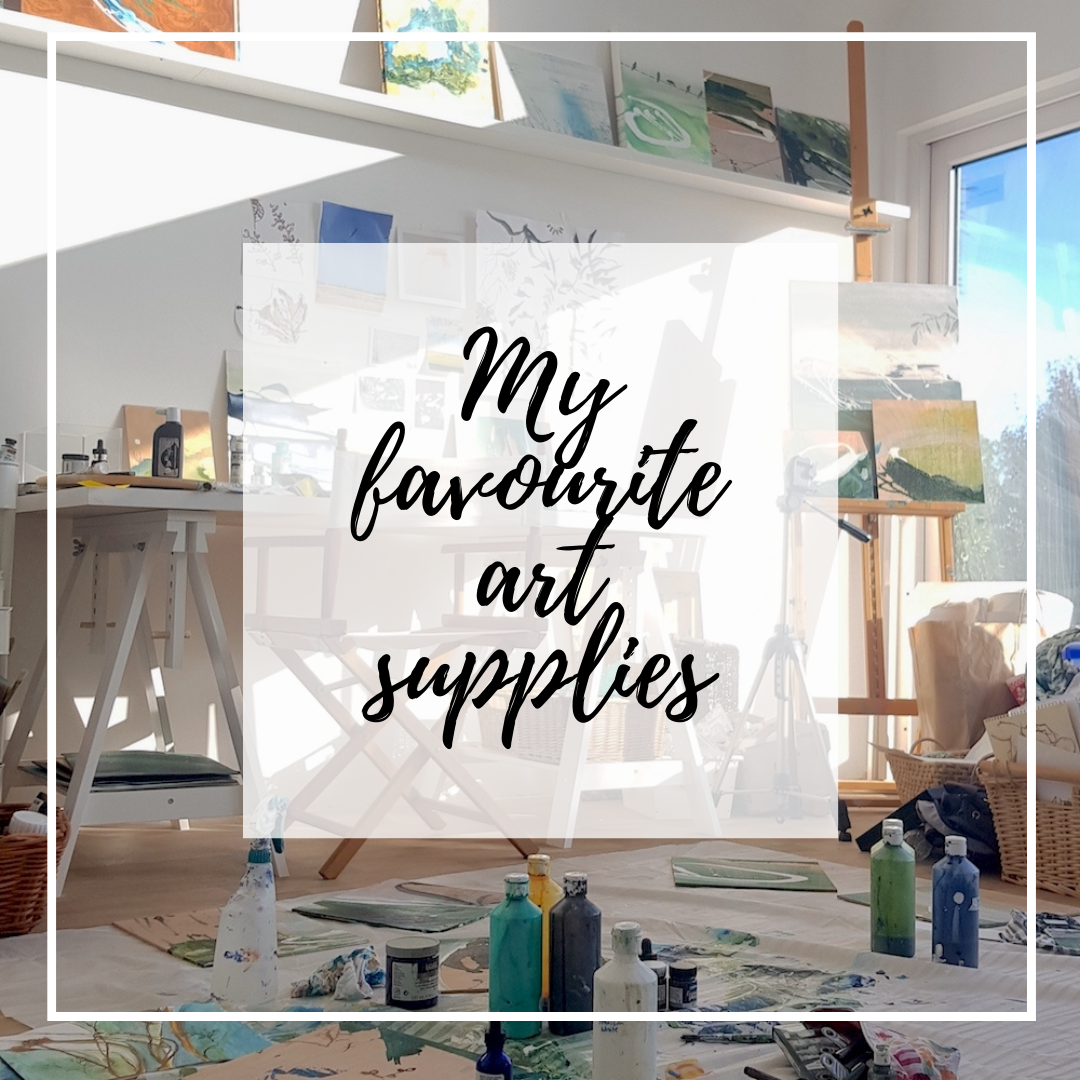
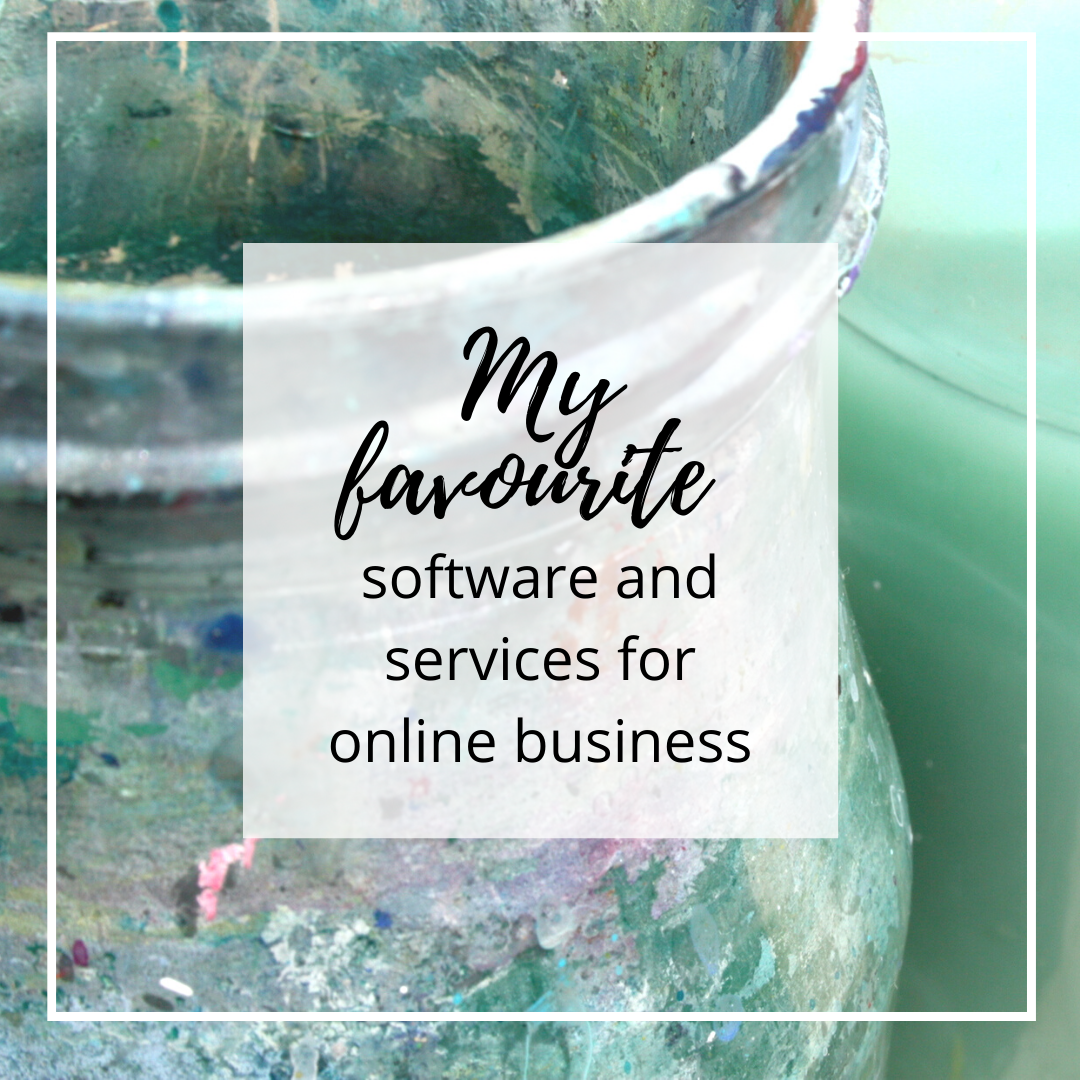
Hi Tara, I see the problem, and was thinking ‘now it’s two paintings’ right before your version of that sentence popped up. However, I really like the top part. Great drawing! Perhaps a simple pair of scissors could help…
Hi Lin – yes! I will attack it with scissors and see what happens. 🙂
Hi Tara, thanks for sharing this. I often tend to think that I’ll never become a good artist, when a piece I’m working on goes south. So I can certainly use your uplifting post. I consider it as growth that every once and a while, I start to recognize these moments and thoughts.
When I do I often, in an act of desperation, execute Faulkners’ motto: kill your darlings. That often means work involving a pair of scissors or a lot more gesso than you used. I try to see this as a stage too. Who knows what the future will bring?!
Isn’t it funny how one piece can seem to signify the end of it all?! And I agree that recognising it is a large part of changing things. I don’t think I knew about ‘kill your darlings’ – what an interesting idea! Thanks for leaving your thoughts Sofia. 🙂
I love that you shared this! So brave and so enlightening to watch. I thought your camera angle was great. I could see what you were doing, but you weren’t so much in the frame that it was distracting. My attention was much more on the canvas than on you.
I loved the drippy paint and the high horizon line – you’ve inspired me to try some things!
Hi Dona, thank you for stopping by! Lovely to see you here. 🙂 I appreciate your comments on the video – it’s my first ‘standing up’ one so good to know it worked out. Just popped over to your website and love the ‘pinned it. did it’ posts – I’ve been meaning to do similar but so far have only ‘pinned AND done’ one so far! Beautiful airy light blog by the way.
Hi Tara. Thank you for sharing – we all have those artworks that just don’t gel and it’s so refreshing to see a video posted that demonstrates this! Interesting to see comments and suggestions too. Agree that it ended up more like 2 paintings in 1 – and scissors would be one solution. Alternatively, could continue the process of gesso to partly conceal the buildings/sky and integrate with your pastel to the lower half. Developing further could then maybe draw back the surface??? Or another solution, if prefer to keep more figurative elements intact, maybe try glazing transparent colours over the lower part to ‘knock them back’? Funny how it is easier to make suggestions when it is not your own work…
Tod I love your suggestions! Cutting it up seems like a good option ~ it does have some lovely sections, even if they don’t work together! And I agree, MUCH easier to make suggestions and see it more objectively when it’s not your own. 🙂 Thanks for leaving a comment!
You could use for a book cover 🙂
BTW Tara how do you record your videos?
Hi Mariette 🙂 I record the videos on my ipad and then use iMovie to edit them. Hope that helps!
Thank you for sharing this video, Tara! I laughed out loud when I saw the “oh my” caption. It completely captures the absolute befuddlement one can sometimes discover at the canvas. ha ha!
Very brave of you and very freeing for us. I won’t be going for the “oh my” state on purpose but it’s nice to know that if I find myself in the land of “oh my”, I won’t be alone.
Glad it raised a smile Ellen. 🙂 Far better to laugh at the ‘mistakes’ than get stressed about them! And I suspect even Picasso had his iffy moments. 😉
I think it was coming along fine right up to the gesso. Then, not so much. Two paintings was a good way of describing it afterwards. Liked the top part, though!
I appreciate your honesty Gloria. 🙂 Made me laugh. Sometimes it just goes like that!
I’m so glad you were brave enough to share this video. Like you say, it’s the real part of being an artist, and we rarely get the chance to see it in action. I know for myself I tend to get very discouraged with the ‘failures’, and it feels a lonely place, but it is in fact part of the territory, although mostly the unseen part. I value what you say about the learning part of it, and giving attention to that as you did in your list of lessons learned. After hours spent working on a failure I can get very frustrated at what seems like dreadfully wasted time – a day gone by and nothing to show for it- but that’s not really true.
I thought the image was good with the charcoal drawing unpainted with the loose colour washes around it, but that wouldn’t have been an ‘abstractified’ painting- to do that the lighthouse and buildings would need to be treated in a different way. A lot to explore here with your idea of mixing landscape with abstract. Thank you for holding to your values. I’ve found this post to be very encouraging,and from now on I’ll try and focus on the learning instead of having mini tantrums when it’s all going wrong!
Hi Christine, thanks for taking the time to leave your thoughts here! I agree feeling disheartened by disappointing work is part of it but can still feel like time wasting. I appreciate your thoughts on ‘what could have been’ – it’s so interesting to hear other perspectives on it! And believe me, my studio’s seen plenty of tantrums. 🙂
Hi Tara, Loved your video. Wonderful captions, too. I liked your ‘two paintings’ – an interesting concept to think about! Since I work in watercolor I almost always have a clear plan, do color tests before beginning painting, careful drawing followed by many successive washes – lots of planning! But experimenting, and just going for it to see where a painting takes me always teaches me something. Your video was a great lesson in ‘process’. I usually work on more than one painting at a time, sometimes several, because if I’m not sure where one is going or what I should do next, I put it out of sight for a while. Anyway, that’s what I do when I’m stuck or going ‘wrong’. Mainly, just want to say that was a great concept for an art video. Certainly not a typical topic – Bravo.
Hi Laura! It’s so interesting to hear about your process – it has never occurred to me to approach a painting like that and I wonder how different my outcomes might be! Possibly because I work in acrylics rather than watercolours it’s easier to just keep going and cover up mistakes, so there’s less need in that sense. Also I’m just not an orderly person. 🙂 Anyway I’m so glad you stopped by and that you enjoyed the video. I love to hear a different perspective and be reminded that we are all unique in how we do anything!
Bravo Tara! Daring to share this and hold to your values. Yes you have some lovely passages in there, and I’d go the scissors. I like the transparent wash suggestions too, so different options there.
For myself, when these experiences of “non-flow” occur, I now think of them as “gestations”. By this I mean, I’ve shown up to do my work and honour my gift and my work will be better in the future for the work of today. (This concept is one I read about in Jean Carbonetti’s work from Crow Hill Gallery.) I’ve also developed a gardening metaphor, and am mindful that plants do not produce flowers non-stop, and depending on the phase of the moon, activity must occur at the micro level under the soil – it may appear as it nothings happening, but in fact, preparation is underway for the plant’s next growth phase. If the result of my work has been particularly draining, I make a ritual of destroying it in the way of the creation/destruction cycles of weather/life. I like to light a candle and burn it – I find this releases my energy and frees me to create the next time. Otherwise, I will salvage and recycle with scissors or gesso, depending on whether it’s canvas or paper. Lot of words from me, but hope this contributes to the discussion, as I’ve enjoyed the sharing so much. Thanks, Mairim. P.S. It took a lot of time for me to grow this understanding – I used to experience a huge loss of confidence, wasting time/money – all the usual blah blah that makes us feel inadequate…
Mairim I love your garden metaphor, one I can definitely relate to. I very much see my art as cyclical, and you put it beautifully about what’s really going on even when things seem quiet and dead. And what a great way to mindfully let go by having a ritual! That’s genius. Some really great ideas, obviously borne of plenty of experience. 🙂